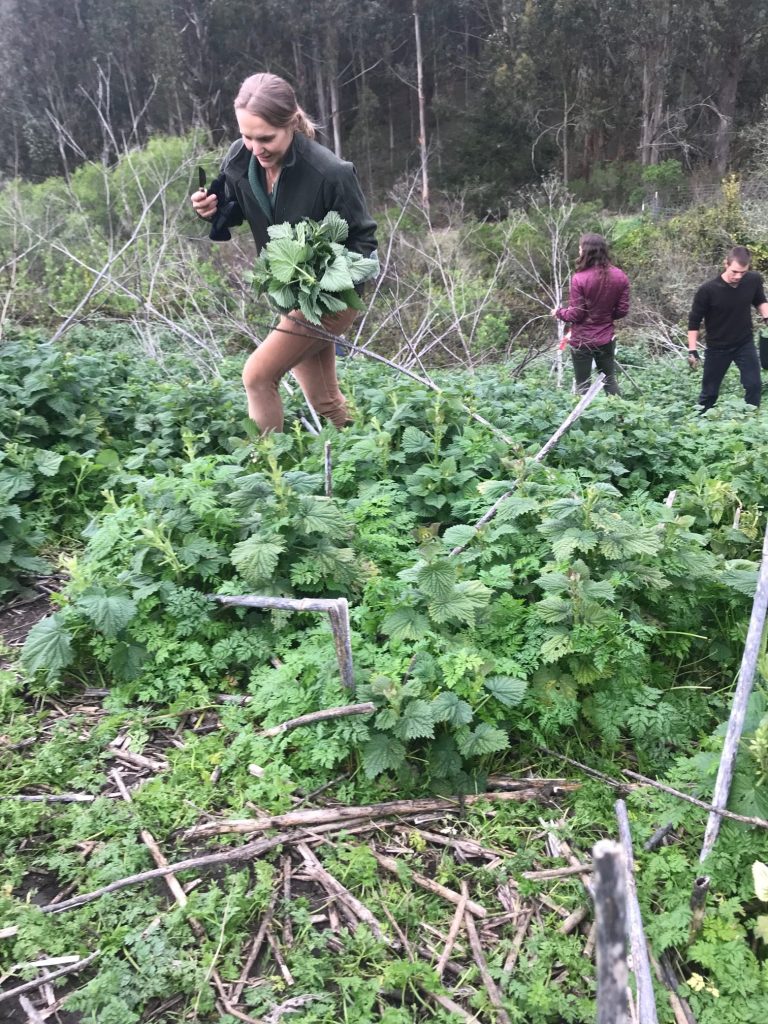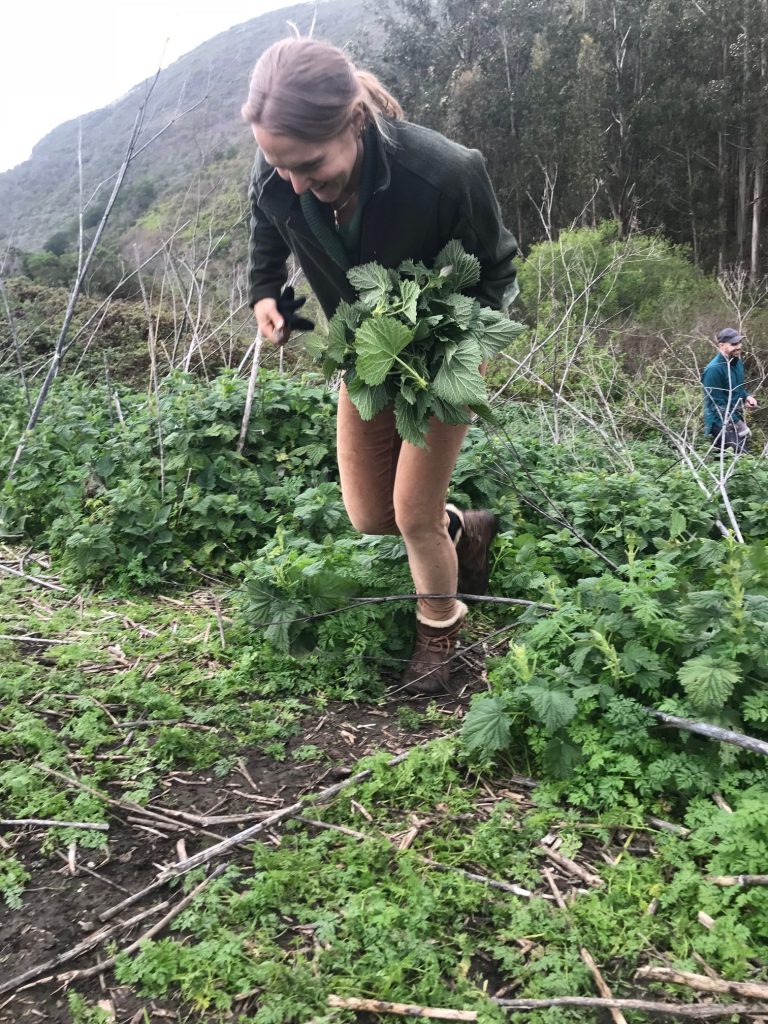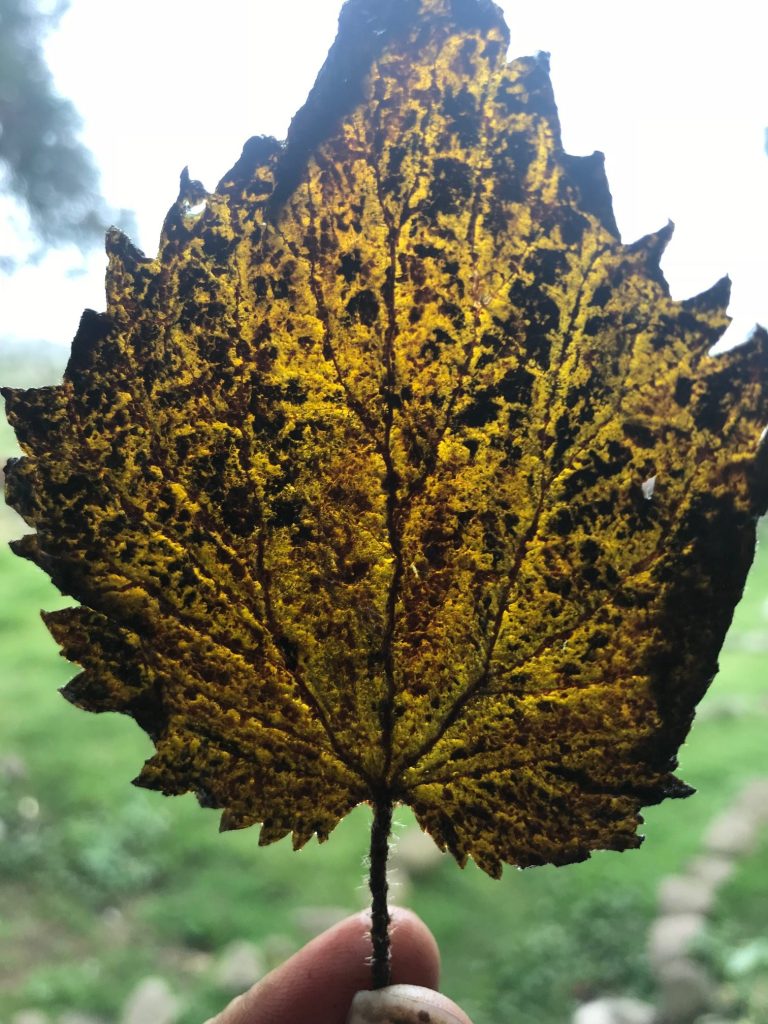| Starting this month, Propriometrics Press titles will be distributed by Chelsea Green Publishing! We are very excited to work together with Chelsea Green, who shares our commitment to engaging and educational books that promote healthy, sustainable, and nature-focused living. “We are thrilled to be working with Propriometrics Press and representing their titles,” says Michael Weaver, Trade and Export Sales Manager for Chelsea Green Publishing. “Movement does matter—both for human health and for connecting with the natural world—and Katy Bowman’s books, and Propriometrics’ entire catalog, are a timely and valuable addition to our list. They’ve already taught me personally to see movement in a new way, and I’m excited to share that perspective with as many readers as possible!” |

| What does this mean for you? All of our titles are still available through all of the usual channels: your local bookstore, Amazon, and wherever you buy our books! You can also find all the Propriometrics Press titles on the Chelsea Green website! Visit it to learn more, and check out their fantastic catalog. |

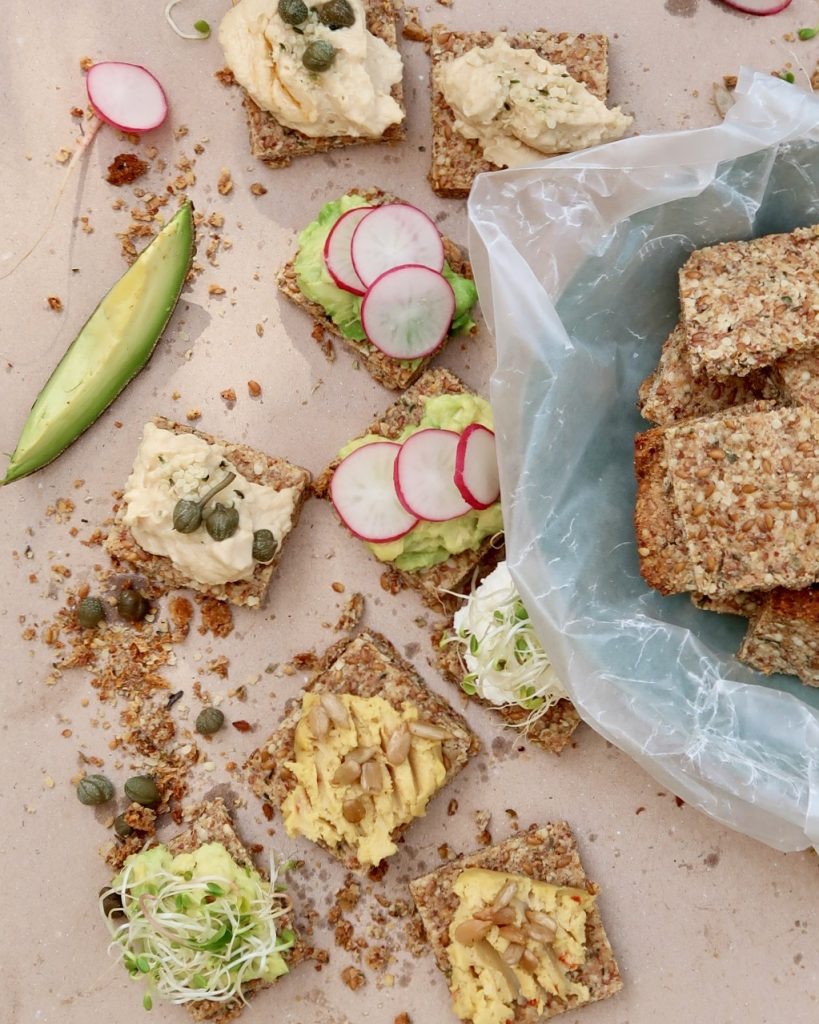
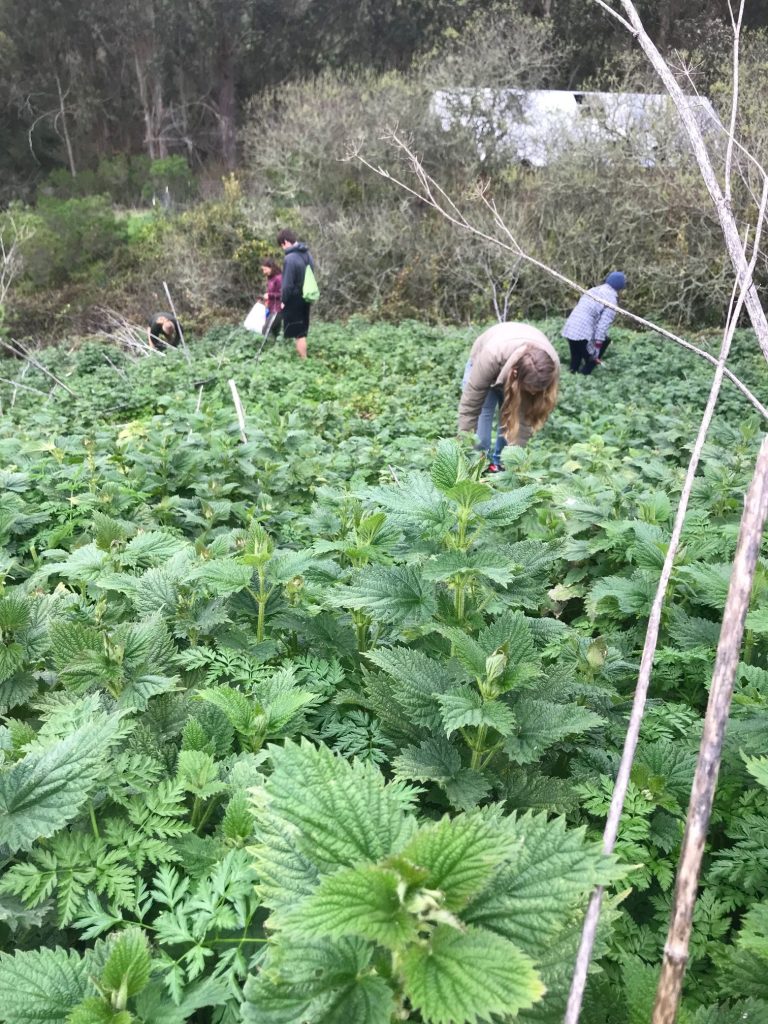 It was not always that way. There was an old barn on the hill above, that once was a milking barn and then held moonshine during prohibition. The activities in the barn helped pay the mortgage on the ranch and supported the growing family of settlers. When my husband arrived on the ranch the barn was falling down, due to lack of maintenance. The new owners made money elsewhere and simply used the ranch as an escape from the modern day stresses and routine.
It was not always that way. There was an old barn on the hill above, that once was a milking barn and then held moonshine during prohibition. The activities in the barn helped pay the mortgage on the ranch and supported the growing family of settlers. When my husband arrived on the ranch the barn was falling down, due to lack of maintenance. The new owners made money elsewhere and simply used the ranch as an escape from the modern day stresses and routine.